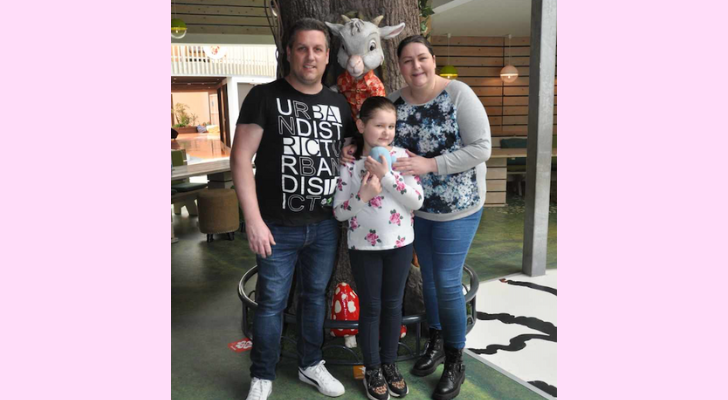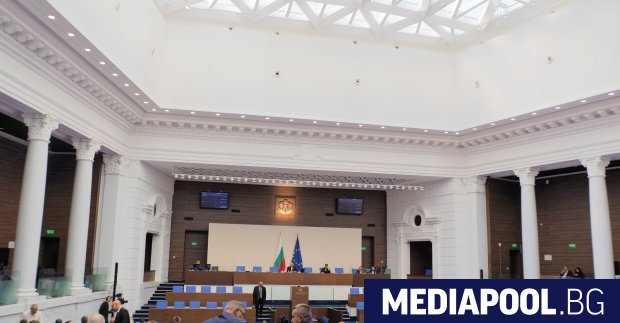#great #idea #didnt #work
The phrase “food as medicine” sounds fabulous. It seems like a safe bet, especially for people with diabetes and food insecurity; Furthermore, prevention is much better than treatment.[1]
A study in the United States tested this idea. The proposal: Instead of consuming high-calorie processed foods, patients with diabetes and food insecurity would receive ingredients for 10 healthy meals a week plus consultation with nursing and nutrition professionals, health counseling and diabetes education.
This idea was so fabulous that it was given media coverage in 2017 in the United States, both National Public Radio like The New Yorker and was called a bipartisan way to improve health care.[1,2]
Previous information was available, first, an observational study published in 2019 had shown an association between medically tailored meal programs and lower use of healthcare services. In addition, small randomized trials of less intense dietary intervention programs showed results, although mixed.[3,4,5]
But this food-as-medicine project was bigger and bolder than the previous ones. Ingredients for the 10 weekly meals included whole grains, fruits and vegetables (fresh, rather than canned and frozen), lean protein, and low-fat dairy products, as well as staples such as salad dressing, cereal, brown rice, and bread. , which were adapted to the needs of the patients determined by a nutrition specialist.
You may have heard this combination before in medical science: a great, plausible idea, positive observational studies, and laudatory media coverage. Why not move forward like we did with other well-intentioned policies, such as hospital readmission penalties?[6]
However, Dr. James Doyle and his collaborators at the Massachusetts Institute of Technology (MIT), Harvard, and Cornell University knew there was still one more step left. Their idea had to be tested in a randomized controlled trial.[7]
They carried out the trial in an urban and a rural community. The entry criteria required a diagnosis of type 2 diabetes with a level of hemoglobin glucosilada ≥8%, self-reported food insecurity (using a two-question survey), local residence, and affiliation with the associated care system.
Did the food-as-medicine strategy improve glycated hemoglobin values?
The team of researchers examined more than 3,700 patients. They asked 1,000 to participate; 500 gave consent and 349 completed the study. The control group, which received standard care, consisted of patients who had enrolled on a waiting list for the program.
On average, the patients were 55 years old and had a glycated hemoglobin of 10.3%. Just over half were women, 9% Hispanic Americans and 7% black.
The food-as-medicine group had many more interactions with the clinic (13 vs. one) and nutrition specialist (2.7 vs. 0.6) than the control group during the 6 months of the study. People in the active group reported having obtained higher scores in healthy eating.
However, glycated hemoglobin levels, which were the primary endpoint, decreased to similar levels in both groups. The change between them was almost null (0.03; 95% confidence interval [IC 95%]: -0,42 a 0,35; p = 0.86). There were also no substantial differences in cholesterol, triglyceridesblood pressure and fasting glucose over the course of 6 to 12 months.
Surprisingly, the group assigned to treatment gained more weight than the control group: 1.95 kg (95% CI: 0.07 to 3.83; p = 0,04).
Requests for hospitalization were not different in any of the groups, although prescriptions for metformin and glucagon-like peptide type 1 (GLP-1) were numerically higher in the active group.
Comments
One word comes to mind: wow. How can such an intensive program not work?
Food as medicine was set to succeed. The intervention was intense: 10 weekly meals for the entire family and consultations with nursing and nutrition professionals. In fact, the active group had more than 10 times the number of clinical visits than the control group.
And these were very selected patients. They chose more than 3,500 candidates to get 350 patients to complete the trial. Obviously, these were motivated patients. Furthermore, all participants had poorly controlled diabetes, which would accentuate treatment differences if there were any.
However, no objective benefit was observed, either in the primary endpoint or in other measures of cardiometabolic health, compared to the control group. In fact, the patients in the active group gained weight.
Nonsignificant trials often raise questions about power, but this trial was designed to detect a 0.5 percentage point decrease in glycated hemoglobin. The lower limit of the 95% confidence intervals did not reach this level. and the probability value (p) was 0.86. In fact, there appears to be evidence of no effect for this intervention.
Lifestyle changes are difficult
The first lesson highlights the challenge of lifestyle interventions. Although everyone agrees that diet, exercise, sleep, etc., play a fundamental role in diseases such as diabetes, hypertension and the obesitythis essay shows the challenge of fighting against social norms.
This leads me to conclude that lifestyle changes must come from somewhere beyond well-intentioned people like this research team. No motivation seems capable of getting average Americans to live like Sicilians.
As clinicians, many of us have had individual successes in transforming patients to a Sicilian-type life. Most of my successes, however, have come from wealthy patients with great social support who have the luxury of being able to succeed. Most cannot afford that luxury. Most do not have time to buy and cook healthy foods. Most do not have a safe means of getting to work on foot or by bicycle.
Therefore, my main lesson is that true health should not come from health care, but from social and political change. I’m not optimistic.
A more hopeful lesson from this essay comes from the way this group of scientists did science.
Food as medicine is the best slogan ever. And the concept was celebrated in the mainstream media. But they did not rest. They knew that this idea had to be approved in a randomized controlled trial, with an appropriate control group.
That the food-as-medicine program did not improve health when properly studied does not mean that the research team failed.
I see it as the opposite. Dr. Doyle and his team have shown us science done right. This is a success. There may be more to be done in using food as medicine, but this essay shows us the importance of properly testing big ideas.
Dr. John Mandrola practices cardiac electrophysiology in Louisville Kentucky and is a writer and podcaster for Medscape. He advocates a conservative approach to care practice. He participates in clinical research and writes often about the state of medical evidence.
This content was originally published in the English edition of Medscape.











